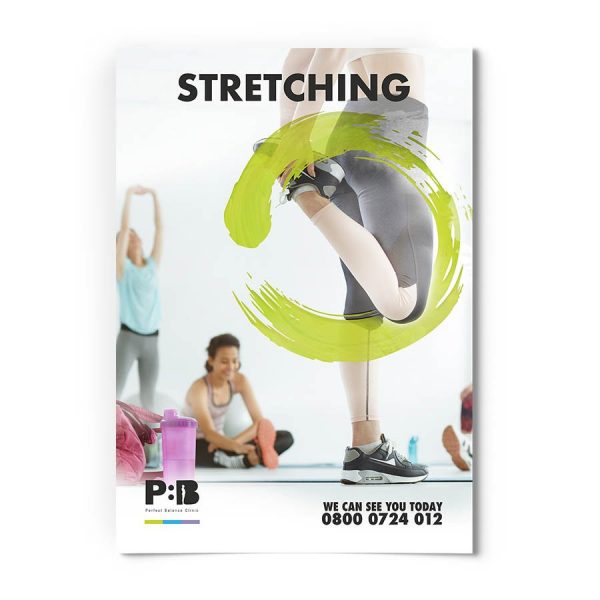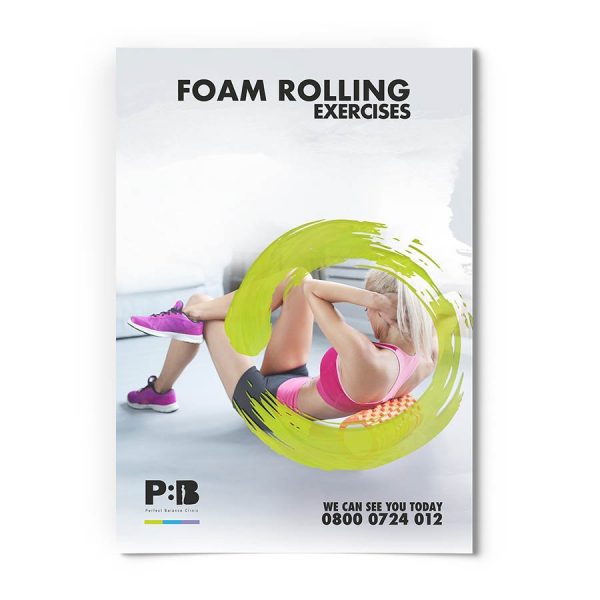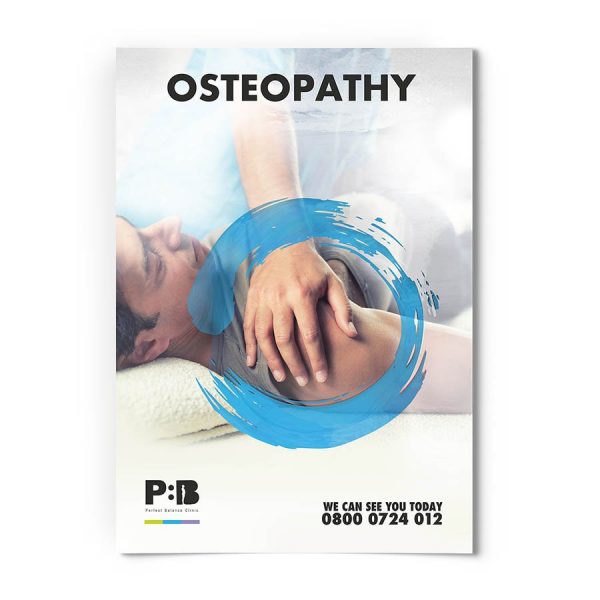Despite our familiarity with basic stretches from our school or sports club experiences, our expanding knowledge of fitness and health highlights the tendency to overlook specific muscles, such as the hip flexors, which possess equal importance to the glutes or hamstrings. In the forthcoming weeks, we will share valuable information regarding effective stretches and strengthening exercises that will not only enhance your well-being but also elevate your performance.
Understanding the Hip Flexors
The hip flexors, which involve the iliopsoas, rectus femoris, and sartorius muscles, hold a significant place in our everyday movements. They connect the upper and lower halves of our body, providing stability to our lower back, pelvis, and hips. Unfortunately, due to our sedentary lifestyles, these muscles frequently become tight and weak, resulting in a range of issues, including back, abdomen, and hip pain.
The Hip Flexor Stretch
The Hip Flexor Stretch focuses on releasing the hip flexors, which are key in everyday movement. Here’s how you do it:
To perform this stretch, grasp onto a stability ball, bench, or chair for stability, and descend into a squat position on your left leg, bending at the hip. While extending your right leg forwards at a 90-degree angle, simultaneously stretch your left leg backwards, with your lower left leg and the top of your left foot resting on the floor. Keep your upper body upright and gaze directed forwards. Slowly lean forwards over your front leg, slightly arching your shoulders backwards until you feel a gentle stretch in the front of your left hip. Maintain this stretched position for 20-30 seconds, then switch sides and repeat the exercise.
In addition to this particular stretch, there exist several alternative methods to engage in hip flexor stretches, such as the supine hip flexor stretch, half kneeling hip flexor stretch, seated hip flexor stretch, standing hip flexor stretch, and hip flexor stretch utilising yoga blocks.
Strengthening the Hip Flexors
While acknowledging the significance of stretching, it is equally vital to emphasise the strengthening aspect of the hip flexors. Building strong hip flexor muscles plays a key role in upholding optimal posture and core stability, combating the detrimental consequences of prolonged sitting, alleviating symptoms related to weak hip flexors, mitigating the likelihood of pain and injuries, and elevating athletic performance. Dedicated exercises like standing hip flexor marches and seated knee raises are specifically designed to fortify the hip flexors. Nonetheless, it is essential to prioritise hip flexor relaxation prior to embarking on strengthening exercises.
Conclusion
Engaging in diverse activities such as running, jumping, squatting, throwing, hitting, skating, and dynamic changes in direction heavily relies on the indispensable contribution of the hip flexor muscles. Hence, nurturing their strength and mobility assumes paramount importance in optimising athletic performance. By incorporating regular hip flexor stretches and targeted strengthening exercises into your routine, you can cultivate and preserve good posture, elevate your athletic performance, and mitigate the risk of numerous health issues.
Happy stretching and strengthening!
For more information about Stretching
This article was written by our team of specialist therapists at Perfect Balance Clinic. If you would like more specific advice about how our team can help you with this condition or symptoms you may be having, please complete the contact form below and one of the team will get back to you shortly.







